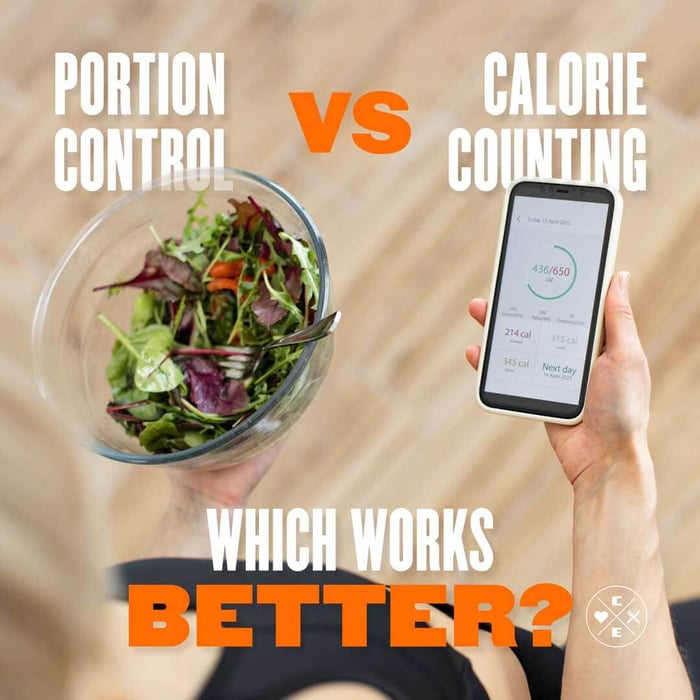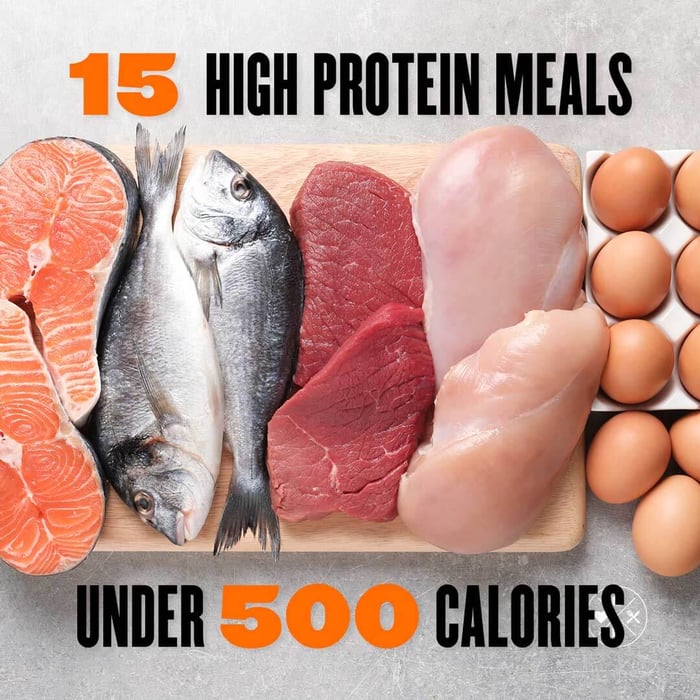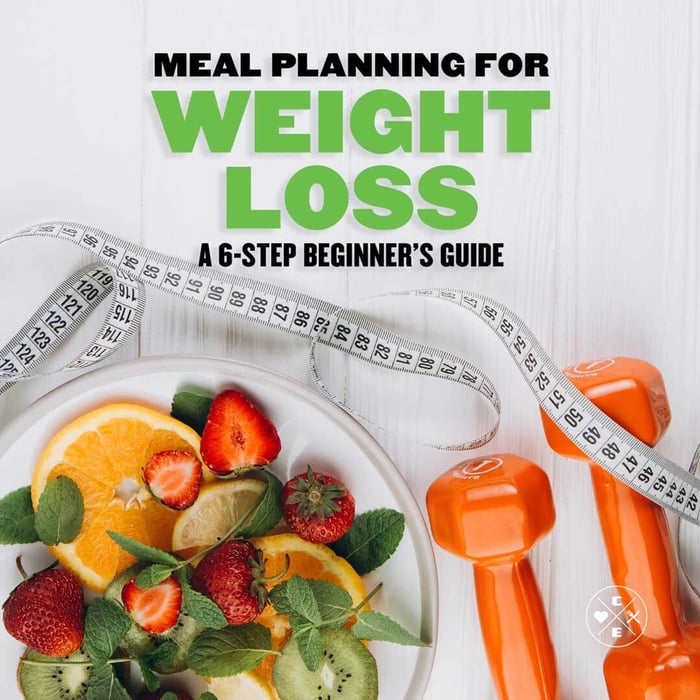What we mean by “portion control” vs “calorie counting”
- Calorie counting: Tracking total energy from everything you eat, usually with an app or journal. You can be very precise, adjust targets, and fit any cuisine.
- Portion control: Using visual “templates” (e.g., MyPlate), hand-size guides, measured servings, and focusing on lower energy-dense foods (more water/fiber, fewer calories per gram). Often no logging required.
What the evidence says
- MyPlate (portion/quality focus) vs. calorie counting: In a randomized trial of mostly low-income Latina patients, both approaches improved satiety and reduced waist circumference; the MyPlate arm also lowered systolic BP at 6 months (not at 12). Conclusion: a practical alternative to counting for real-world patients.1
- Energy density matters: Year-long trials show that lowering dietary energy density (e.g., adding fruits/veggies, soups, lean proteins) improves fullness and weight loss without meticulous counting.2, 3
- Portion-control tools: A portion-control plate helped adults with type 2 diabetes lose weight vs usual care; follow-ups and lab work show portion-aware dishware can reduce self-served amounts, though plate-size effects alone are modest and inconsistent.5, 6
- Self-monitoring drives results: Trials repeatedly find that adherence to logging (days tracked, or at least two eating occasions/day) predicts weight loss—whichever diet you choose.4, 7, 8
Pros & cons of each approach
- Pros: Precise; flexible; great for specific goals (e.g., cutting 300–500 kcal/day).
- Cons: Time/attention cost; estimates and labels have error/tolerance; logging fatigue over time.9
- Best for: Data-driven folks, short “calibration” phases, plateau busting.
- Pros: Simpler day-to-day; supports fullness; low friction and family-friendly.
- Cons: Can drift in portions without occasional checks; requires food quality focus.
- Best for: Busy schedules, long-term maintenance, those who dislike logging.
A smart hybrid that most people can keep
Use 2–4 weeks of counting to learn your true portions, then shift to portion templates and lower energy-density choices for daily life. Re-introduce counting for a week anytime progress stalls. This balances accuracy with sustainability.7, 8
How to put it into practice this week
- Pick your primary mode: Counting or portions. (Hybrid is fine.)
- Set a realistic deficit: Most adults do well trimming ~300–500 kcal/day (counting) or shrinking portions one notch while adding vegetables/salad/soup (portions). See our calorie goal guide.
- Build “volume” into meals: ½ plate non-starchy vegetables; ¼ plate lean protein; ¼ plate quality carbs; add a thumb or two of healthy fats as needed for satiety (MyPlate style).
- Protein anchor: Aim ~1.2–1.6 g/kg/day to maintain muscle while losing fat. Related read: What is a high-protein diet?
- Make adherence easier: Pre-log or pre-portion meals/snacks. Our calorie-controlled meal plans and protein-forward snacks show exact macros—see Nutrition Info.
- Audit weekends & eating out: Use hand-size portions (palm protein, cupped-hand carbs, thumb fats) and prioritize lean protein + veg; if counting, scan menus ahead and pre-select.
Want movement tips to boost results? See how much exercise per day and our take on sugar facts & smart swaps.
FAQs
So…which one is “better” for fat loss?
Neither is universally better—adherence wins. If you’ll reliably log, counting gives precision. If you hate logging, portion/energy-density strategies are validated and sustainable.1, 2, 3
Do I have to count calories to lose weight?
No. RCTs show you can reduce energy density and control portions to lose weight without daily counting; some find this easier to maintain long-term.2, 3
Are calorie labels perfectly accurate?
Labels guide choices but aren’t perfect. There’s regulatory tolerance and normal manufacturing variation, so your actual intake may differ a bit.9
What if I keep slipping on weekends?
Try a hybrid: count Monday–Thursday, use portions Friday–Sunday; pre-portion snacks; choose lower energy-density entrees (salads, broth-based soups, grilled proteins).
References
- McCarthy WJ et al. MyPlate vs. calorie counting randomized trial: both reduced waist; MyPlate improved SBP at 6 months. Ann Fam Med (2023) | PCORI report.
- Ello-Martin JA et al. Lowering dietary energy density increases satiety and aids year-long weight loss. Am J Clin Nutr (2007).
- Rolls BJ et al. Provision of lower energy-density foods improved weight loss over 1 year. Obesity (2005).
- Turk MW et al. Self-monitoring adherence mediates weight-loss success in a behavioral program. Int J Behav Med (2013).
- Pedersen SD et al. Portion-control plate helped induce weight loss in adults with type 2 diabetes. Arch Intern Med (2007).
- Robinson E et al. Smaller plates alone show small/mixed effects on intake (meta-analysis). Obes Rev (2014).
- Turner-McGrievy GM et al. Best predictor of loss was days with ≥2 eating occasions logged (apps). J Acad Nutr Diet (2019).
- Payne JE et al. Frequent app-based diet self-monitoring associated with short-term loss. Obes Sci Pract (2021).
- FDA/USDA resources on labeling & tolerance (overview/FSIS): FDA Nutrition Facts · FDA Labeling Guidance · FSIS Nutrition Labeling Overview (tolerances).
Educational content only; not medical advice.




